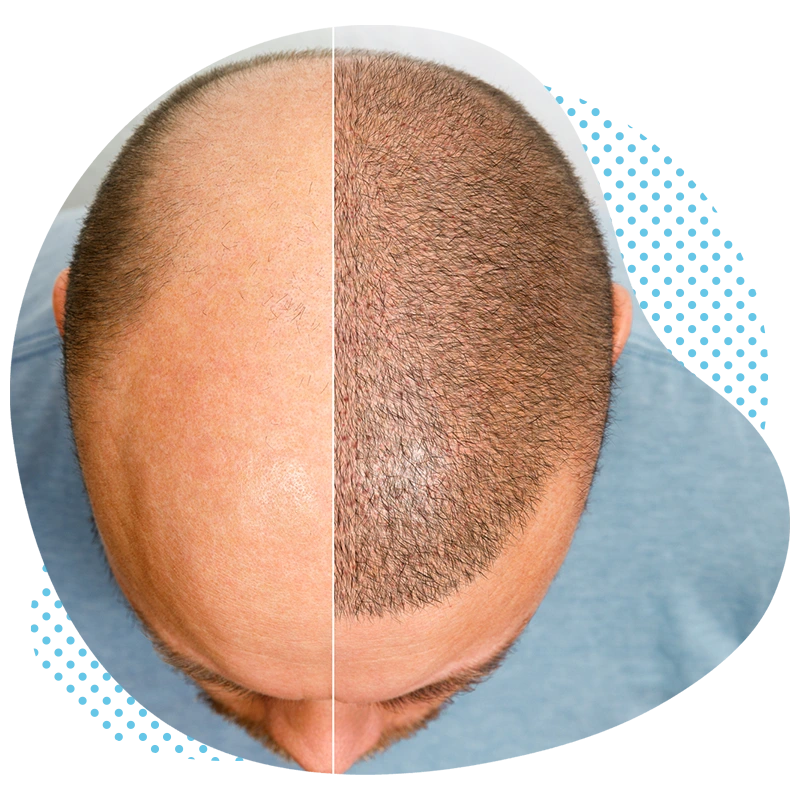Female Pattern Baldness is Different: Need for Specialized Transplant Techniques
Need for Specialized Transplant Techniques: Female Pattern Baldness
Hair loss is a phenomenon that affects both men and women. However, the patterns and underlying causes of hair loss in women are distinctly different from those in men. Female pattern baldness manifests itself differently, necessitating the development of specialized transplant techniques to cater to these unique needs. With women around the world, seeking solutions to restore their natural hair, the topic has never been more pertinent.
Understanding Female Pattern Baldness
Unlike male pattern baldness, which usually starts with a receding hairline and thinning at the crown, female pattern baldness primarily involves a thinning of the hair on the top and sides of the head. This difference makes restoring natural hair for women a nuanced task, as the transplantation techniques have to account for this distinctive hair loss pattern.
Hair Transplant for Women in Turkey: A Rising Trend
Turkey, renowned for its medical tourism, has emerged as a hotspot for hair transplant procedures. With world-class facilities and renowned surgeons, Hair Transplant for Women in Turkey has gained significant traction. Women from different parts of the world flock to the country, driven by the allure of acquiring luscious locks, which in turn boosts their self-confidence.
What makes Turkey especially appealing is the innovative approach taken by its surgeons. Recognizing the distinct nature of female pattern baldness, they’ve developed specialized techniques that align with the needs of women seeking a hair transplant. The emphasis is on ensuring that the newly transplanted hair blends seamlessly with the existing strands, promoting a natural look.
Self-confidence and Natural Hair: An Inextricable Connection
One cannot stress enough the relationship between self-confident women and their hair. For many, hair isn’t just a style statement; it’s an integral part of their identity. Women with fuller, natural hair often report feeling more self-assured and confident in both personal and professional spheres. It’s not merely about vanity; it’s about feeling true to oneself.
This sentiment underscores the importance of specialized transplant techniques for women. A one-size-fits-all approach, like that often applied to men, doesn’t cut it. Women require transplant methods that preserve the naturalness of their hair while addressing the specific pattern of their baldness.
Incorporating Advanced Techniques for Optimal Results
While traditional techniques might work wonders for male patients, women necessitate a more delicate touch. Surgeons have to ensure that the grafts taken from the donor sites, usually the back or sides of the head, are implanted in a way that emulates the natural growth pattern of female hair. Advanced procedures, such as the Follicular Unit Extraction (FUE), are often preferred due to their precision and the natural results they yield.
Moreover, surgeons have to account for the ongoing thinning of hair in women. This means future-proofing the procedure, ensuring that even as the hair continues to thin naturally, the results of the transplant remain consistent and aesthetically pleasing.
Conclusion
Female pattern baldness, though not talked about as often as its male counterpart, affects a significant number of women worldwide. However, with the advancements in hair transplant techniques and the expertise found in places like Turkey, there’s hope for women to reclaim their natural hair and, by extension, their self-confidence.
Whether you’re considering a hair transplant or just exploring options, understanding the unique nature of female hair loss is crucial. Only with this knowledge can one truly appreciate the specialized techniques required for optimal results and the reclamation of one’s inherent self-assurance.






